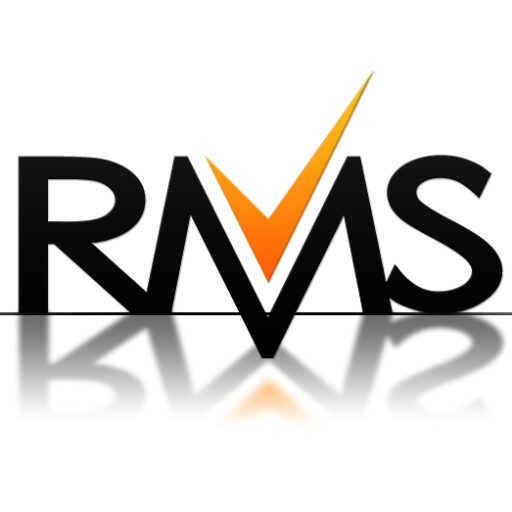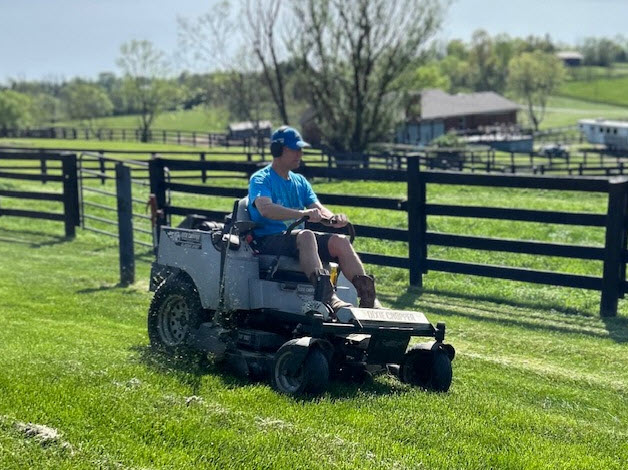Consider this scenario: You hire a landscaper to mow your lawn for $100, but upon returning home, you realize the backyard has not been touched. Subsequently, you receive a bill for the full $100. How would you handle this situation?
Now, let us parallel this with collection teams. Is it fair for a collector to only deliver 50% of what the best performer achieves and still be deemed as meeting expectations? It is common to observe collectors consistently falling short, sometimes delivering less than even 50% of the best performer’s results. What puzzles me is why most organizations fail to address this performance gap.

Why Does This Happen?
You might ask why organizations do not address performance gaps. It’s a combination of setting standards, leadership and tolerance.
Setting Standards
Establishing minimum standards is crucial, particularly regarding production standards. Let us focus on an end-type production standard, such as the number of customers cured or saved.
Setting expectations demands clear guidelines from collection leadership. However, over time, these often lead to a common issue: setting standards that are easily met with minimal effort. When collectors hit these benchmarks, many ease off, content to coast until the next evaluation period. Meanwhile, others maintain their momentum, consistently outperforming their peers. What are challenges to setting expectations:
- Relying solely on current performance reports can be misleading, especially if there is a wide variance in team performance. Merely averaging team performance perpetuates gaps. Setting standards closer to top performers might leave a sizable portion of the team falling short.
- Many organizations adhere to traditional Bell Curves for annual appraisals and align the monthly expectations accordingly. This approach continues to widen the gap between top and lower performers.
- Establishing standards for teams with diverse work types is not practical. Comparing collectors handling skip accounts to those managing 0–30 day accounts is like comparing apples to oranges. Aligning collectors based on similar work types is essential.
- Failure to update standards due to history can stagnate portfolio performance amidst staffing changes, shifts in strategy, seasonal fluctuations, or economic impacts.
- Collectors’ lack of confidence in reported production numbers leads to blame-shifting. Leadership must ensure reporting accuracy to hold collectors accountable effectively. Regular evaluation and justification of production numbers are essential.
Leadership
There is a lack of skill or time in the collection organization around coaching collectors and holding them accountable for meeting expectations. Coaching is a significant component of the performance management process and must be present to enable an operation to consistently deliver strong production results. What does good collection leadership look like for a manager or supervisor:
- A strong understanding of collection production metrics is essential. Understanding how enhancements in one aspect can impact overall results is crucial. For instance, if a collector is handling 10 accounts per hour, and analysis reveals that it takes an average of 120 seconds to effectively work an account (with 2 right-party contacts and 8 no-answer or left messages), simple math shows there’s ample time available in every hour (If you actually do the math, there are 3600 seconds available every hour and this collector is working 1200) to handle more accounts, ultimately leading to more cured or saved customer accounts..
- A manager or supervisor is busy working accounts or doing email and does not have time to lead their team. Collectors need coaching and feedback to help them optimize performance. Leadership should be interacting with each collector daily challenging them to deliver optimal results and eliminate obstacles that create problems.
- Collection managers or supervisors need to be held accountable for their collector team’s performance. If there are collectors that are delivering a fraction of what the top performing collectors are delivering, leadership should be held accountable. For example, a manager or supervisor could be evaluated on the performance delta of their top performing and lowest performing collector. The narrower the delta, the higher the performance of leadership. One requirement is that the overall team performance must meet expectations, so a narrow delta of an extremely low performing team is not acceptable.
Tolerance
Within the organization, there exists a culture of tolerance, where turnover among collectors is often seen as a measure of success. However, maintaining a zero percent turnover rate throughout the year may not always indicate optimal collection performance. In fact, if the organization struggles with setting expectations and leadership capabilities, a low turnover rate is often the result.
Another rationale for not exerting too much pressure on the collection team is the difficulty in finding replacements. It can take months to obtain approval for a new collector and even longer to find a suitable replacement. Moreover, there’s uncertainty whether the new hire will match the performance of the departed collector. The impacts of not managing low performance are significant:
- Low collector morale within the team, which may go unnoticed if not actively monitored. Top performers, often newcomers, may feel demotivated if they consistently outperform tenured collectors yet earn less. For example, if you were running a race around a track and kept passing the low performer before the end of the race, yet the low performer also got the same trophy, were you recognized for passing the low performer once, twice or three times?
- The phenomenon of a “de-learning curve” is real. Collectors may initially excel but gradually learn to do just enough to stay under the radar, leading to a decline in production. Consistent reward and recognition (a performance management component) is vital; top performers should be acknowledged for their achievements, while underperformers need to be challenged to improve or consider other options.
- Limited focus on developing a strong recruitment process. A flawed recruitment process affects the team’s ability to consistently attract top talent. Some turnover is healthy, as it allows for the influx of new collectors who can strive for excellence and contribute to the pool of top performers. However, low performers must be held accountable and not given indefinite timeframes to improve. Embracing turnover, to some extent, is essential for maintaining a high-performing team.

How to Remedy the Situation
The first thing you do is require the landscaper to finish your yard before you pay them. Giving them $50.00 is not the right option if they ask. The same approach is used within your collection operation. Expect that your standards are met and hold everyone accountable for delivering their part. Where to begin (see my blog “The Role of Clear Expectations: Setting the Ownership Stage for Collectors”):
- Setting Standards: Establishing realistic minimum standards is crucial, but challenges arise when standards are easily met, leading to complacency. Organizations struggle with outdated evaluation methods like traditional Bell Curves, which widen performance gaps. Focus on setting minimum standards that can be achieved by a person working a full hour (3600 seconds). Challenge each collector to identify how they will deliver the expected level of performance.
- Focus on Leadership: Effective leadership involves understanding collection metrics, coaching, and providing feedback. Managers must be held accountable for their team’s performance based on the gap between top and lowest-performing collectors. Include this success measure in each leader’s performance expectations.
- Eliminate Tolerance: Tolerance towards low performance hampers collection organizations. Maintaining a zero percent turnover rate may not indicate optimal performance, and difficulty in finding replacements worsens the issue. Not managing low performance leads to morale issues, production decline, and recruitment challenges. Develop a strong collector recruiting strategy and do not focus on turnover as long as it is good turnover based on the execution of a satisfactory performance management process.

In conclusion, addressing performance gaps, setting realistic standards, providing effective leadership, and managing turnover are vital steps for ensuring a high-performing collection team. Just as you wouldn’t settle for an incomplete lawn from a landscaper, don’t accept subpar performance from your collectors. Hold everyone accountable for delivering their part and challenge each individual to meet expectations. By focusing on these key areas, you can cultivate a culture of excellence within your collection operation, leading to improved morale, increased productivity, and sustained success.


Author: Ken Evancic
Ken.Evancic@ResourceManagement.com
Ken Evancic also developed and teaches customized BUMPIT UP! Collections.
As a consultant for Resource Management Services, Ken provides consulting, training and mentoring in all phases of collection and recovery, in addition to auditing third party vendors.
Ken Evancic is a Vice President at Resource Management Services, Inc. Ken Evancic is a collections veteran with over 25 years experience. He has managed all phases of collection, including all levels of delinquency, automated dialer units, early out agency management, recovery, and skip tracing. In addition to collections operations management, he has lead initiatives in the areas of performance management, collections strategy development, collector and manager training, collector desktop design, collections reporting systems, and risk and compliance.
As a consultant for Resource Management Services, Inc., Ken has specialized in developing and completing third party compliance and performance audits for collections agencies and collection attorney firms for many top credit grantors and debt buyers. He has leveraged his 25 years of experience to develop multiple collector and collection management training classes designed to maximize collector performance. In addition to collection training, Ken helped develop and facilitates the RMS Third Party Vendor Auditing training.
Sign Up for the Twice Monthly Newsletter
Just enter your email address at the top orange bar at:
Collection Compliance Experts – “The Power of Expertise: Oversight Perfected”
It’s that easy! Twice a month – we provide blog updates and Resources for the Collection and Industry Professional.
Your email is just for this newsletter. We never sell your information. No fee. Opt-out at any time.





